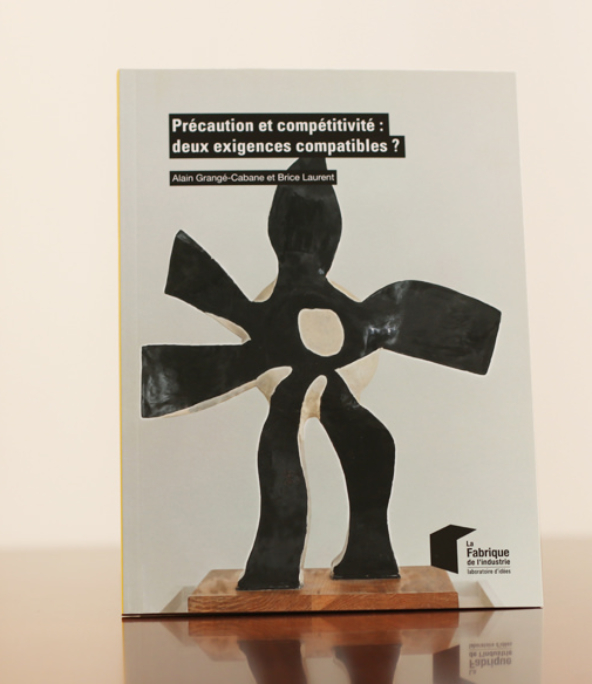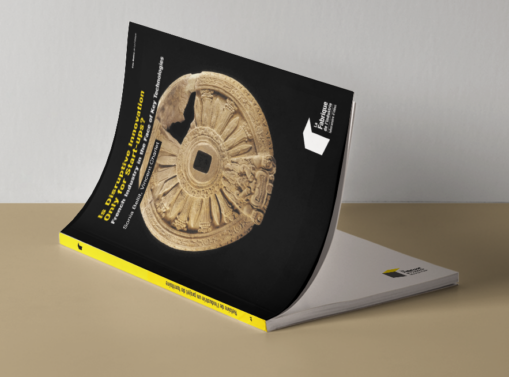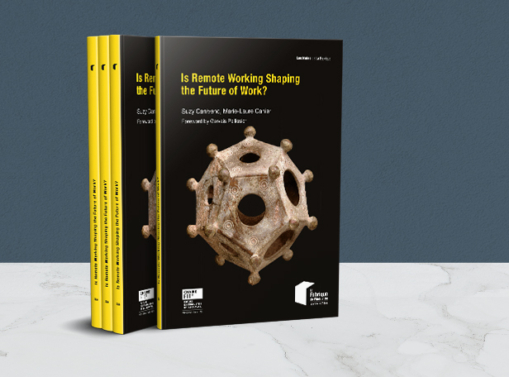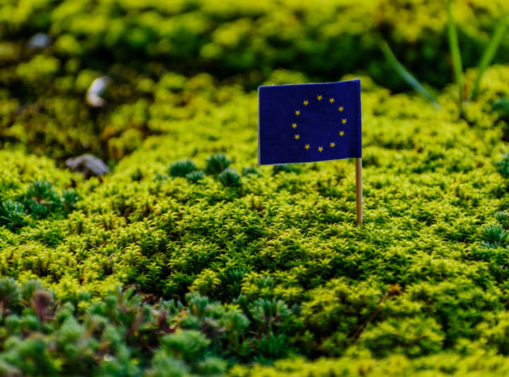Risk and Precaution
The precautionary principle is sometimes accused of creating an obstacle to innovation development, or even industrial activity. It is not so much its legal application that can pose problems for companies, as the erroneous invocation of the principle by groups opposed to technologies, new or otherwise, and its inappropriate application.
In 2013, La Fabrique de l’industrie set up a working group on this topic, comprising industrials, scientists and sustainable development experts. Interviews with numerous specialists revealed that the problem lies less in the precautionary principle itself than in an increasingly assertive demand for security from consumers and citizens, combined with their lack of trust in the institutions responsible for ensuring their protection. Some companies have successfully taken on this concern and responded in order to re-establish a more confident dialogue with their customers and neighbours. They have even managed to turn this capacity into a competitive advantage.
Misunderstood principle, often erroneously invoked
The precautionary principle fits in with a tradition already well established in some industries, such as air transport, drugs and the chemical industry. As a principle of law, in cases where it is difficult to establish the benefits and risks of a decision, it obliges public powers to take temporary measures proportionate to the suspected risks and to take action to better evaluate them. The regulator thus avoids the environment being endangered by parties against whom it would be difficult to seek redress in case of damage.
The precautionary principle was introduced into the French Constitution as a symbolic act to show that the President of the time was receptive to environmental concerns. To date, no laws have been declared unconstitutional on the basis of the precautionary principle, and case-law invocations have been prudent and limited. On the other hand, the precautionary principle is frequently evoked, often inappropriately, either by militant groups opposed to the use of a technology or product, or by politicians and civil servants keen to protect themselves against liability. It is not the precautionary principle in the legal sense of the term, but rather the concern expressed by citizens and consumers regarding certain technologies and the media coverage of this concern, that encourage politicians and the government to produce rules that result in constrictions and costs for industrials.
Is France more cautious than its partners?
These constraints are often viewed as greater in France than elsewhere. However, close analysis reveals that the situation varies depending on the subject. In domains like GM food and firearms, it is true that France is cautious in comparison to the United States. However, France comes across as more liberal in areas like tobacco, nuclear power and diesel particles. Germany, despite its reputed concern to maintain the competitiveness of its industry, has decided to pull out of nuclear power and opt for less controversial energy sources.
In France, studies show that society is split into groups with very different attitudes towards technological innovations and faith in progress. Surveys also show that these groups tend to diverge over time.
The frequently virulent statements made by concerned sections of the public mainly stem from a lack of trust in the institutions responsible for ensuring the security of people and the environment. This mistrust, which results from an accumulation of ill-managed crises, illustrates public powers’ difficulty in organizing helpful dialogue and taking appropriate measures when uncertain situations arise.
Managing uncertainty
- Managing major risks, particularly in situations of scientific uncertainty, poses considerable problems to public authorities.
- How can we establish the appropriate “considered action” for a situation, when we do not know its
- How can we put across messages that are scientifically rigorous, useable by public powers and comprehensible to non-specialists?
- How can we take on non-experts’ concerns and make them part of the debate?
- How can we give entrepreneurs sufficient visibility so that they can invest and still be capable of reacting to new information?
- How can we guarantee European consumers decent protection, under international trade rules, without putting European producers at a disadvantage?
Answering these complex questions requires setting up the appropriate procedures, structures and instruments. It involves reviewing the way that public powers operate in contemporary societies in which uncertain situations are increasingly common and non-expert sectors of the public are increasingly keen to participate in decision-making. This calls for better organization of expertise on available knowledge and improved debate on what “considered action” involves, including participation from non-experts. The next step is to organize coherent, monitored, effective action that is responsive and capable of taking on board new information on risks.
Public authorities’ current difficulty in adapting to this new context can lead them to making questionable or incoherent decisions, or even no decisions. Take for example the threat of an epidemic, prompting a vaccination campaign, during which time the threat dissipates as the disease evolves. Is it best to cancel the campaign, which no longer seems useful? Will people look back and criticize the government for having wasted money because it chose to buy vaccines at a time when the decision seemed appropriate? Will ill-intentioned commentators paint a retrospective view of the risk, exaggerating the probability of the scenario that ultimately occurred? Decision-makers will continue to be accused of either culpable negligence or excessive caution as long as people do not trust the institutions responsible for protecting them.
This lack of consensus on how to manage uncertain risks is maintained on the one side by “merchants of doubt”, who play on the lack of certainty to refute the possibility of danger and stand up to objectively reasonable action, and on the other side by activists who contest dialogue arrangements and even sabotage debates, e.g. the cases of nanotechnologies and underground storage of radioactive waste. At times, the media add to the confusion and lack of trust by putting opposing opinions on the same level without indicating the often very different nature and weight of their arguments. The desire for a sensational storyline sometimes encourages alarmist messages.
To sum up, public powers are confronted with urgent demands from concerned members of the public, but they are ill equipped to adopt relevant, accepted measures. They generate a sometimes disordered accumulation of rules that constrict individuals or economic activity without always producing the anticipated security.
How some industrials tackle the demand for precaution
Public demand for precaution and the difficulties experienced by authorities in creating the appropriate measures result in a context that industrials need to deal with.
Most companies have long-standing expertise in managing the risks of their procedures and products. In addition, given that a proportion of the public remains concerned despite multiple protective regulations, some industrials have developed dialogue arrangements in order to take concerns on board, illustrate their ability to control risks, and restore stakeholder confidence.
The demand from society to reduce risks linked to production and consumption can also be a source of innovation and offer a competitive advantage to companies that respond better than their rivals. Strict regulations can even drive out less credible competitors.
To sum up, society’s demand for security is growing, independently from any legal expression. Industrials can respond and benefit from it. Public powers need to show that they are capable of dealing with uncertain risks and re-establish a good level of trust, while making sure that the regulations they produce for application are effective and do not needlessly hinder economic activity or innovation.




